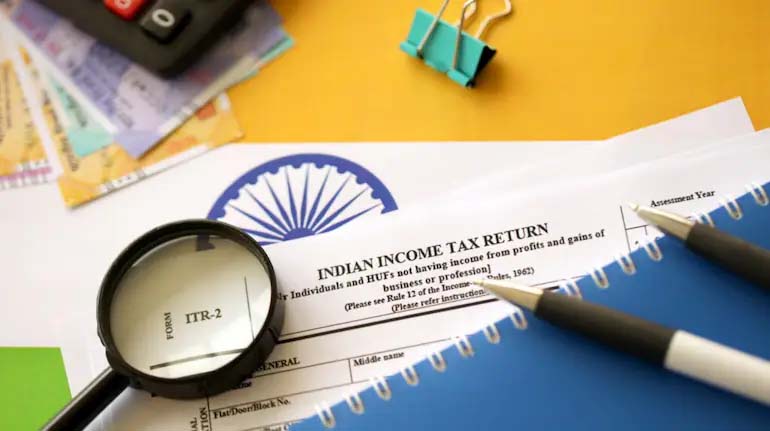NEW DELHI, Feb 15: Income Tax filers can now align the sections of the I-Tax Act, 1961, with the relevant clauses in the simplified Income Tax Bill, 2025, available on the tax department’s website.
Additionally, a detailed mapping of Sections from the Income Tax Act, 1961, to the corresponding sections of the New Income Tax Bill has been uploaded on the I-T department’s online platform.
A simplified Income Tax Bill, 2025, was presented in the Lok Sabha on February 13 by Finance Minister Nirmala Sitharaman. Upon enactment, this Bill will replace the 64-year-old Income Tax Act, which has grown cumbersome due to its traditional drafting style and numerous amendments over the years.
This simplified Bill contains 2.6 lakh words, a significant reduction from the 5.12 lakh words in the current I-T Act. The number of Sections has been reduced to 536 from 819 in the existing law.
The chapters have also been decreased to 23 from 47 in the current framework. The new Bill includes 57 tables, compared to just 18 in the existing act, along with formulae to assist taxpayers in calculating their tax liabilities. It has eliminated 1,200 provisos and 900 explanations to streamline the content.
In a post on X, the I-T department announced on February 14 that it has activated a utility for comparing Sections of the Income Tax Act, 1961, with the corresponding clauses of the new Income Tax Bill. Taxpayers can select a section from a dropdown menu, and the relevant clause in the I-T Bill will be displayed.
Moreover, a section-wise mapping has been organized in a tabular format for the convenience of taxpayers.
The new Bill features shorter sentences and is designed to be more reader-friendly through the use of tables and formulae. It includes tables for provisions concerning TDS, presumptive taxation, salaries, and deductions for bad debts.
The Bill introduces an innovative concept of ‘tax year’ defined as the 12-month period starting from April 1. This will replace the current definition relating to assessment years and previous years. For instance, income earned in the prior year (PY) from April 2024 to March 2025 will be assessed in the assessment year (AY) 2025-26.
This Bill is set to take effect from April 1, 2026, following review by a Select Committee of the Lok Sabha and subsequent approval by Parliament.
The new legislation discards outdated sections, like those concerning Fringe Benefit Tax. The Bill is devoid of ‘explanations or provisos,’ thereby simplifying the reading and comprehension process.
Furthermore, the term ‘notwithstanding,’ previously overused in the Income Tax Act, 1961, has been eliminated in this new Bill and predominantly replaced with the word ‘irrespective.’ (PTI)


Leave a Reply